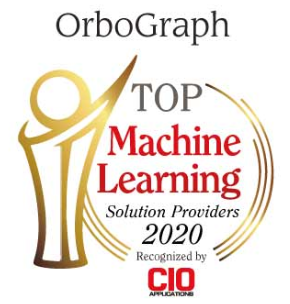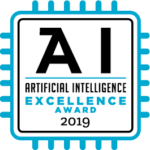History and Key Terms for Artificial Intelligence

The genesis of Artificial Intelligence (AI) began in 1944, when two University of Chicago researchers proposed the concept of a neural network (NN) as a computer system modeled on the human brain and nervous system. These originating neural networks laid the foundation for more sophisticated artificial neural networks (ANN), machine learning, and deep learning models.
Today’s nomenclature surrounding AI includes several important terms:
- Neural Network: A computer system modeled on the human brain and nervous system.
- AI: Systems able to perform tasks that normally require human intelligence, such as visual perception, speech recognition, decision-making, and translation between languages.
- Self Learning: Ability to recognize patterns, learn from data, and become more intelligent over time (can be AI or programmatically based).
- Model: Mathematical algorithms that are “trained” using data and human expert input to replicate a decision an expert would make when provided that same information.
- Supervised Training: Training where both input and desired output data are provided.
- Unsupervised Training: Training of an AI model using information that is neither classified nor labeled, allowing the system to act on this information without guidance.
- ANN: Computational model based on the structure and functions of biological neural networks. Information that flows through the network affects the structure of the ANN because a neural network changes - or learns, in a sense - based on that input and output.
- Machine Learning: AI systems with ability to automatically learn and improve from experience without being explicitly programmed via training.
- CNN: Class of deep, feed-forward artificial neural networks, most commonly applied to analyzing visual imagery. This class uses a variation of multi-layer perceptrons designed to minimize pre-processing of image data.
- RNN: Type of neural network commonly used in speech recognition and natural language processing (NLP).
- Robotic Process Automation (RPA): Automated handling of high-volume, repeatable tasks that typically required humans to complete.
- Deep Learning: A more sophisticated method of machine learning based on Deep Neural Networks (DNNs) with a greater number of internal layers. Each successive layer uses the output from the previous layer as input.
Deployment of Artificial Intelligence
There are many applications for AI including classification of objects, conversing with customers, automation of repetitive computer tasks, and real-time identification of trends in data performed by AI bots. However, let us not forget that one of the core functions for neural networks was, and continues to be, character, field and word recognition.
OrboGraph technology has evolved with the introduction of OrbNet AI. Through the utilization of Deep Learning models, OrbNet AI's technology is specifically trained to the attributes of each field of checks and healthcare remittances.. The self-learning system will continue to improve as more check and remittances are processed. This training and self-learning process provides the information for the models to provide unparalleled levels of recognition rates coupled with accuracy levels never before attained in field performance. Core field success rates can exceed 99% with accuracy levels of 99.5-99.9% depending on field requirements of printed verses handwritten fields.
OrbNet AI is currently deployed in both the OrboAnywhere 4.0 release and OrboAccess suites of Intelligent Payment Automation solutions.
Platform Modernization using OrboGraph’s AI, self learning and deep learning technologies can transform the operational workflow for both check and healthcare processing.


